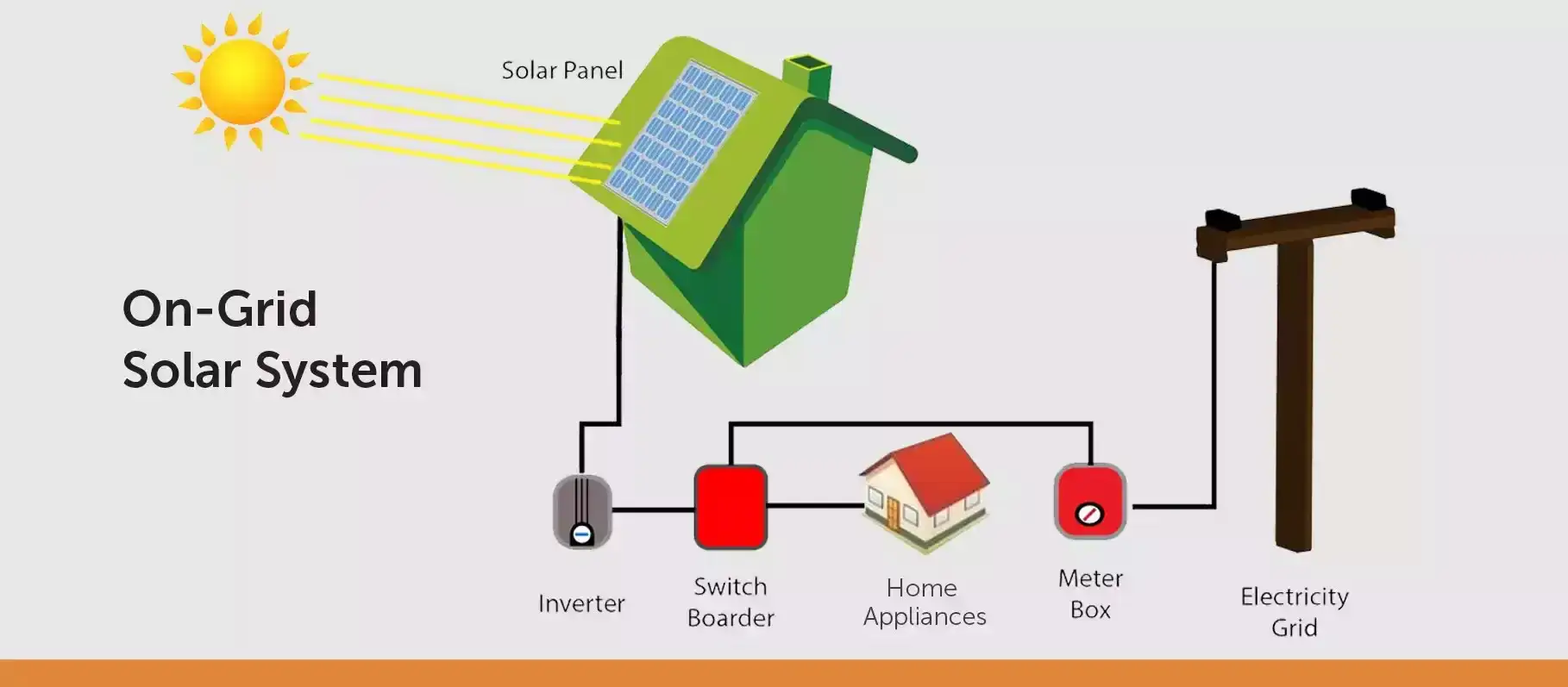
On-Grid Solar System
An on-grid solar system is directly connected to the public electricity grid. It’s perfect for homes and businesses that want to reduce electricity bills without relying on batteries. When your solar panels produce more electricity than needed, the excess is sent to the grid in exchange for credits. At night or during low sunlight, you can draw electricity back from the grid, ensuring an uninterrupted power supply. This system is cost-effective and requires less maintenance than off-grid setups. It’s ideal for areas with reliable grid access and is supported by government subsidy programs, making it an excellent investment for long-term energy savings.

Off-Grid Solar System
An off-grid solar system works independently of the main power grid, making it ideal for remote or rural locations where electricity access is limited or unreliable. This system includes solar panels, a battery bank, and an inverter, ensuring 24/7 electricity by storing excess energy for use at night or during cloudy weather. It is a reliable and sustainable energy solution, especially for homes, farms, and small businesses that face frequent power outages. Off-grid systems provide complete energy independence and are designed to meet specific power needs with no monthly electricity bills. Though the initial investment is higher, the long-term benefits and autonomy make it worthwhile.
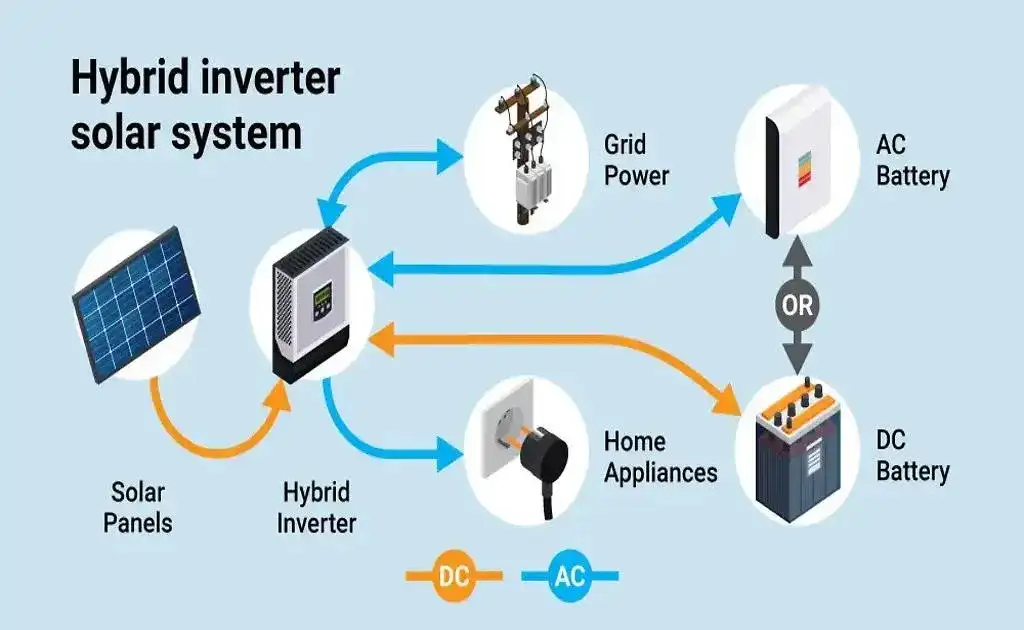
Hybrid Solar System
A hybrid solar system combines the best of both on-grid and off-grid systems. It connects to the grid and also includes a battery backup, offering power security and flexibility. During the day, solar panels power your home or business and charge the batteries. Any excess power goes to the grid. At night or during outages, stored battery power takes over. This system ensures that you always have electricity, reduces your grid dependency, and protects against rising utility rates. Hybrid systems are ideal for both urban and semi-urban users who want to maximize savings while ensuring uninterrupted power in case of blackouts.

Residential Solar Installation
Residential solar installation involves setting up solar panels and related equipment on a home to harness solar energy. It reduces or even eliminates electricity bills, adds value to the property, and promotes green living. The system is tailored to fit roof space, energy consumption, and budget, ensuring the best return on investment. Homeowners benefit from clean, renewable energy while enjoying long-term cost savings. With rising energy prices and environmental concerns, installing solar at home is a smart decision for energy-conscious families. Plus, with available subsidies and easy EMI options, switching to solar has become more affordable than ever.
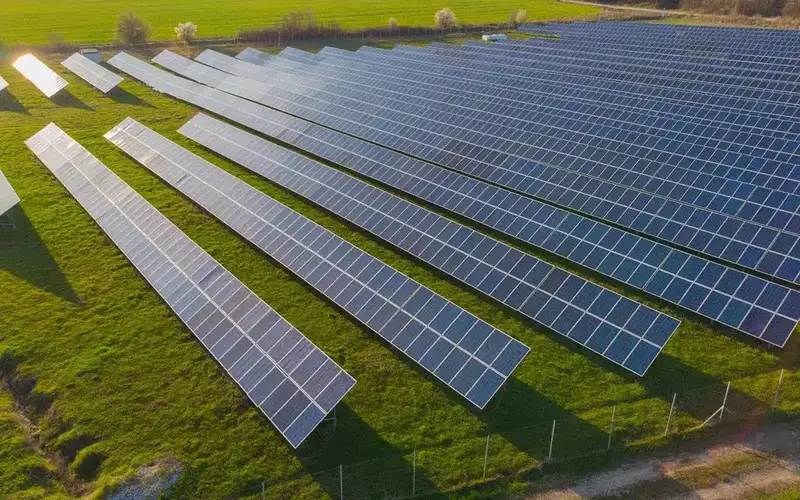
Commercial Solar Installation
Commercial solar installation is designed for businesses looking to cut operational costs and adopt sustainable energy solutions. From small shops to large offices and warehouses, solar panels can be installed on rooftops or open spaces to generate significant amounts of electricity. This helps reduce monthly bills and shields against future power rate hikes. Going solar also boosts your company’s eco-friendly image, impressing clients and stakeholders. It’s a smart business move that ensures fast return on investment and long-term financial benefits. Commercial systems are scalable, reliable, and help businesses achieve energy independence while contributing to environmental responsibility.
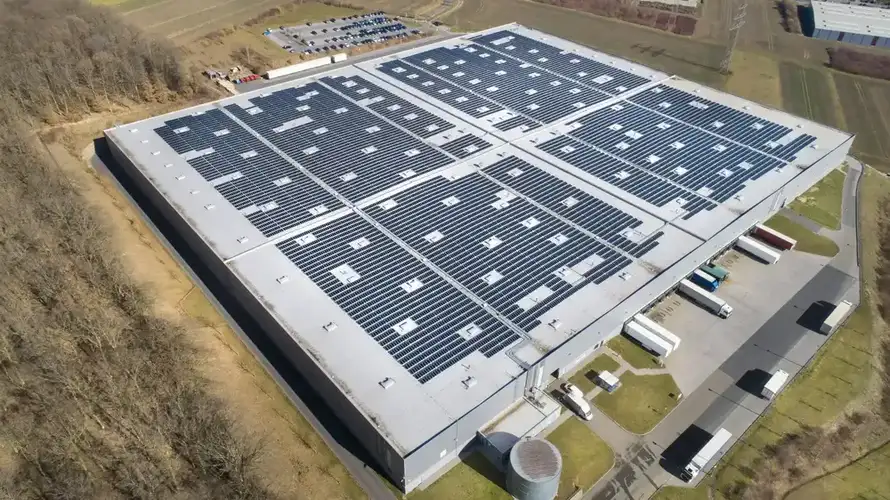
Industrial Solar Installation
Industrial solar installations cater to large-scale energy needs of factories, manufacturing units, and production facilities. These systems are designed to generate substantial electricity, significantly lowering utility expenses and reducing dependence on conventional power sources. Solar power can be used to run heavy machinery, lighting, and other operations efficiently. The system is robust, scalable, and customizable based on power requirements and space availability. Industries benefit from tax advantages, depreciation benefits, and green energy certifications. Adopting solar also enhances corporate sustainability efforts. Over time, the savings are massive, making solar a practical and strategic investment for long-term industrial growth.

Automatic Solar Cleaning System
An automatic solar cleaning system ensures that solar panels stay clean and work at maximum efficiency without manual labor. Dust, dirt, and bird droppings can significantly reduce panel performance, and regular cleaning is essential. This system uses a programmed mechanism to clean panels at set intervals using minimal water and no chemicals. It enhances energy output, reduces maintenance efforts, and increases the lifespan of the solar setup. Perfect for large-scale or commercial installations, the automatic cleaning system guarantees optimal performance even in dusty or polluted environments. It saves time, money, and energy, making solar energy more efficient and hassle-free.
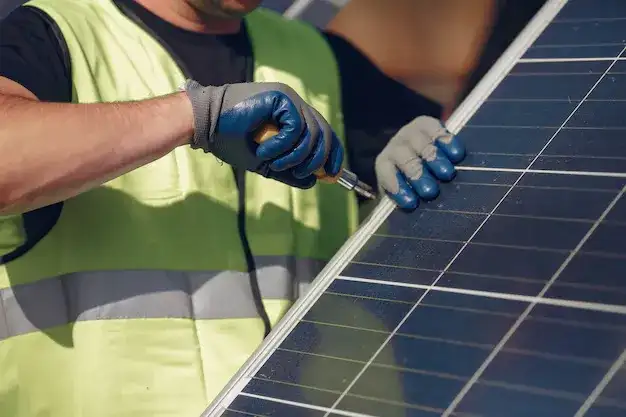
5-Year Free Maintenance
Our 5-year free maintenance plan offers peace of mind and ensures your solar system runs at peak efficiency. We cover routine check-ups, system optimization, part inspections, and any minor repairs at no additional cost. Regular maintenance prevents issues before they occur, extends the life of your equipment, and ensures maximum savings from solar energy. Our expert technicians visit your site at scheduled intervals to ensure everything is functioning properly. This service is a value-added benefit that sets us apart, making your solar investment worry-free. With us, you're not just buying a product—you’re getting long-term support.
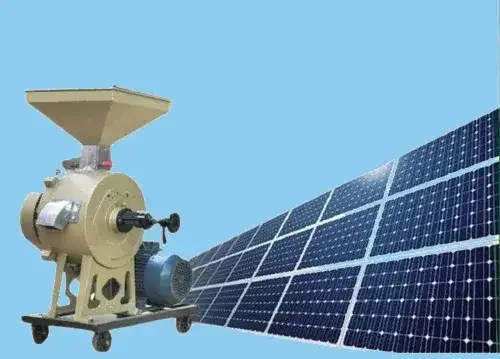
Atta Chakki Solar Project
The Atta Chakki solar project is an ideal solution for running grain mills efficiently in rural and semi-urban areas using solar energy. Traditional mills depend on expensive diesel or unreliable grid power, but solar power offers a clean and cost-effective alternative. This project includes solar panels, a motor, and necessary machinery to run the chakki uninterrupted. It’s perfect for small businesses, self-help groups, and rural entrepreneurs looking to reduce costs and increase profits. Solar chakki systems are low maintenance, easy to operate, and environmentally friendly. They empower communities by providing sustainable energy solutions for essential food processing.

Solar Pump
A solar pump is a game-changer for agriculture and water management in remote areas. It uses solar energy to draw water from wells, boreholes, or rivers, and is ideal for irrigation, livestock watering, and even drinking water supply. Unlike diesel or electric pumps, solar pumps have low operating costs and require minimal maintenance. They are eco-friendly and work effectively even in off-grid locations. Available in AC and DC variants, these pumps can be tailored to various depths and flow needs. Solar pumps provide farmers with independence from erratic power supply and rising fuel prices, enhancing productivity and savings.
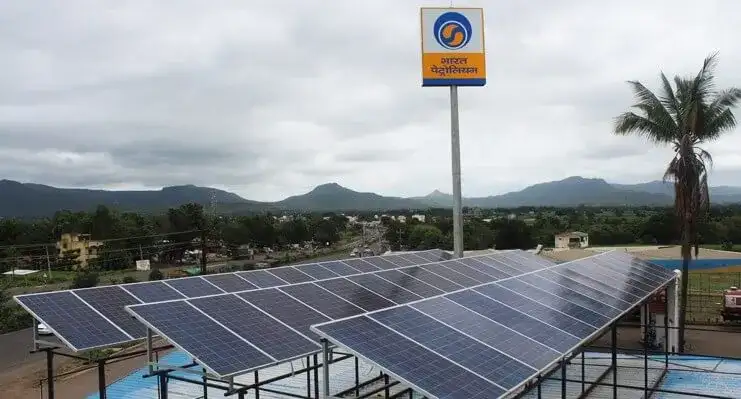
Petrol Pump Solar Project
The petrol pump solar project is designed to power fueling stations using clean, renewable energy. It helps reduce high electricity bills and ensures uninterrupted operations, even during grid failures. Solar panels are installed on rooftops or canopies to generate energy that runs lighting, billing systems, pumps, and more. The system also contributes to environmental conservation by reducing carbon emissions. It improves brand reputation and attracts eco-conscious customers. With government incentives and quick return on investment, solar energy makes petrol pump operations more profitable and sustainable. It’s a smart upgrade for modern fuel station management.
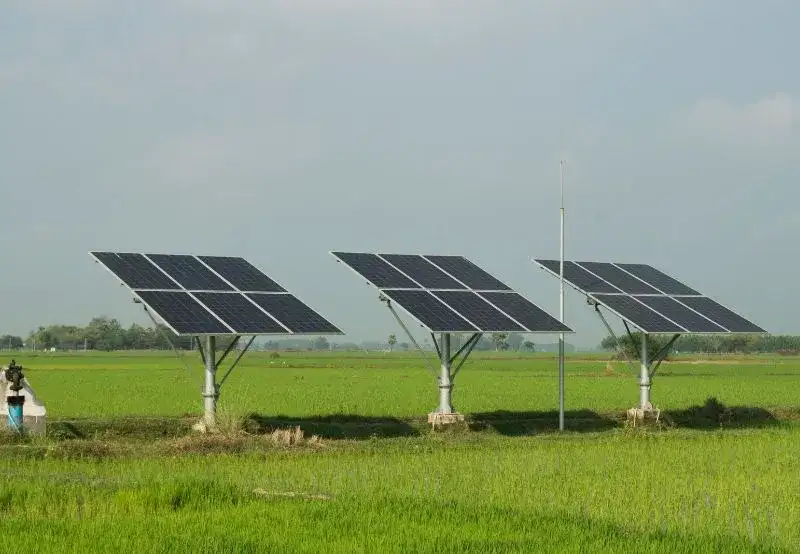
Agriculture Solar Project
The agriculture solar project aims to empower farmers with reliable and cost-effective solar energy solutions. From running pumps and threshers to lighting and refrigeration, solar energy supports a wide range of agricultural activities. It minimizes dependency on expensive diesel or unstable grid supply, saving money and improving productivity. Solar systems can be customized based on land size, water requirements, and usage patterns. They operate silently, require minimal upkeep, and last for years. With government subsidies and financing options, farmers can easily adopt solar to improve their livelihood and practice sustainable farming. It’s a powerful step toward energy independence in agriculture.